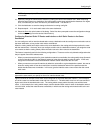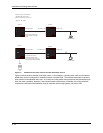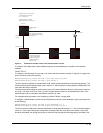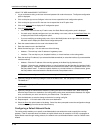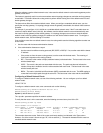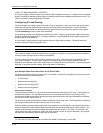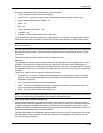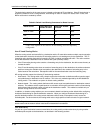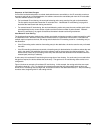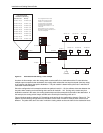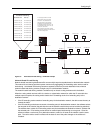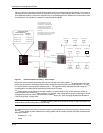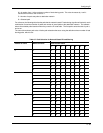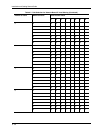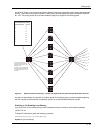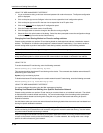
Configuring IP
Response to Path State Changes
If one of the load-balanced paths to a cached destination becomes unavailable, or the IP route table receives a
new equal-cost path to a cached destination, the software removes the unavailable path from the IP route table.
Then the software selects a new path:
• For host-based IP load sharing, the next load-balancing cache entry uses the first path to the destination.
The first path is the path that entered the IP route table first. “Host-Based IP Load Sharing” on page 6-51
describes the host-based load-sharing mechanism.
• For network-based IP load sharing, the next load-balancing cache entry uses the next available path is then
calculated based on the current number of paths and the maximum number of paths allowed. “Network-
Based IP Load Sharing” on page 6-53 describes the network-based load-sharing mechanism.
Host-Based IP Load Sharing
The host-based load sharing method uses a simple round-robin mechanism to select an equal-cost path for traffic
to a destination host. When the routing switch receives traffic for a destination host and the IP route table has
multiple equal-cost paths to the host, the routing switch checks the IP forwarding cache for a forwarding entry to
the destination.
• If the IP forwarding cache contains a forwarding entry for the destination, the device uses the entry to forward
the traffic.
• If the IP forwarding cache does not contain a forwarding entry for the destination, the software selects the next
path in the rotation (the path after the one the software used for the previous load sharing selection). The
software then creates an IP forwarding cache entry that associates the destination host IP address with the
selected path (next-hop IP address).
A cache entry for host-based IP load sharing has an age time of ten minutes. If a cache entry is not used before
the age time expires, the device deletes the cache entry. The age time for IP load sharing cache entries is not
configurable.
Figure 6.5 shows an example of host-based IP load sharing. In this example, the routing switch has two equal-
cost paths to hosts H1 – H9. For simplicity, this example assumes that the routing switch does not have any
entries in its IP forwarding cache to begin with, and receives traffic for the destination hosts (H1 – H9) in ascending
numerical order, beginning with H1 and ending with H9.
6 - 51



